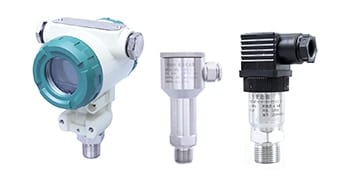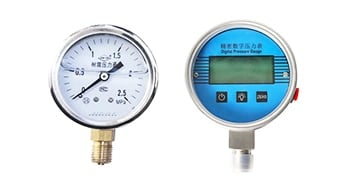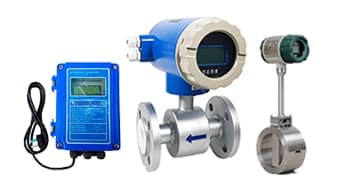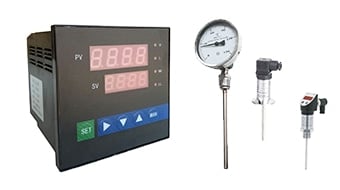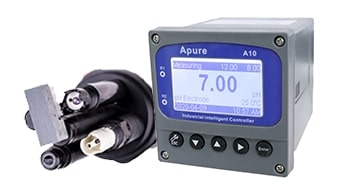Pressure Measurement
Pressure measurement is the process of measuring and quantifying the force (i.e. pressure) exerted by a gas or liquid by means of specific instruments and methods. Pressure is the vertical force exerted by the molecules of a substance per unit area and is an important concept in fluid mechanics and thermodynamics.
Apure pressure transmitters do more than just provide accurate and reliable data for process control. Apure pressure instrumentation helps achieve enhanced product quality, reduced total cost of ownership, and increased plant availability.
Pressure transmitters do more than just provide accurate and reliable data for process control. Apure pressure instrumentation helps achieve enhanced product quality, reduced total cost of ownership and increased plant availability.
Pressure gauge refers to the elastic element as a sensitive element, measuring and indicating higher than the environmental pressure of the instrument, the application is very common, it almost throughout all industrial processes.
Types of Pressure Measuring Instruments
Elastic element type manometers
The deformation of an elastic element under pressure is utilized to indicate the pressure value.
Resistive Pressure Sensor
Measures pressure by utilizing the characteristic of the material’s resistance to change with strain or pressure.
Piezoelectric Pressure Sensor
Piezoelectric pressure sensors measure pressure by utilizing the property of piezoelectric materials to generate an electric charge when a force is applied. Suitable for measuring transient pressures such as shock waves.
Capacitive Pressure Sensor
Utilizes the change of capacitance to measure pressure. Characterized by high accuracy and good long-term stability.
Digital Manometer
Converts analog signals to digital signals, featuring high accuracy and easy readability.
Intelligent pressure sensor
Integrated sensor, signal conditioning circuit, microprocessor, etc., with self-diagnosis, self-calibration and other functions, can directly output digital signals.
Units of Pressure Measurement
- Pascal (Pa): The unit of pressure in the International System of Units.
- bar: Commonly used in industrial measurements.
- kilopascal (kPa): Commonly used for smaller pressures.
- Megapascal (MPa): Commonly used to express larger pressures.
- Kilogram force per square centimeter (kgf/cm²): traditional unit of pressure.
Application Scenarios for Pressure Measurement
- Fluid Transportation: Measurement of fluid pressure in pipelines to control flow.
- Vessel pressure: Measurement of the pressure of gases or liquids in vessels to ensure safety.
- Process control: Measurement of pressure to control production parameters in industrial processes.
- Scientific research: Measure the pressure of various substances under different conditions to study their properties.
Factors affecting pressure measurement
- Temperature: Temperature variations can affect the measurement results.
- Medium properties: Corrosivity, viscosity, etc. can affect sensor selection.
- Vibration: Vibration can interfere with measurement accuracy.
- Overload: Excessive pressure can damage the sensor.
Considerations for pressure measurement
- Selection of the right sensor: According to the measurement range, accuracy requirements, media properties, etc. to choose the right sensor.
- Calibration: Regularly calibrate the sensor to ensure measurement accuracy.
- Installation: Install the sensor correctly to avoid external interference.
- Maintenance: Maintain the sensor regularly to prolong its service life.

